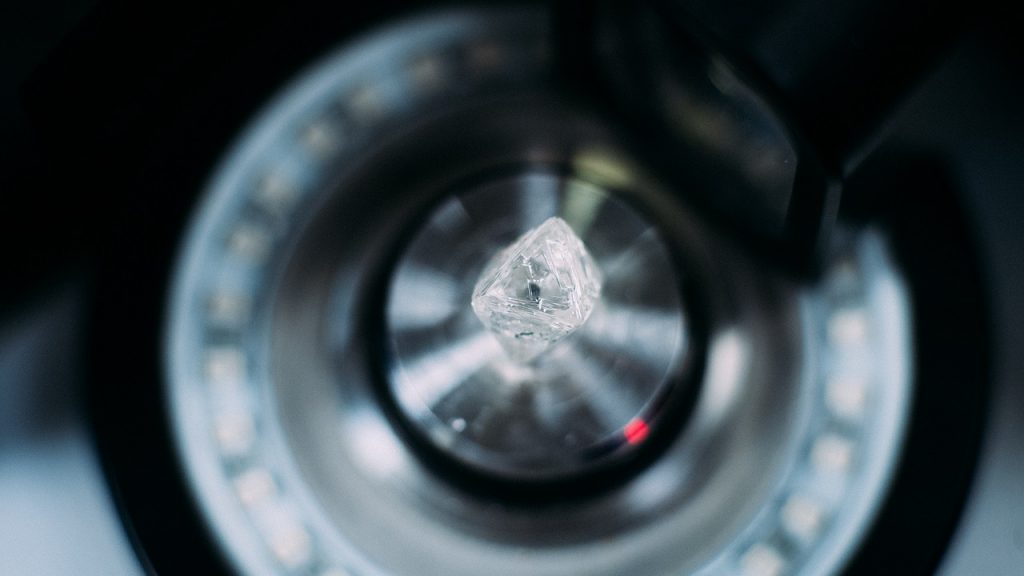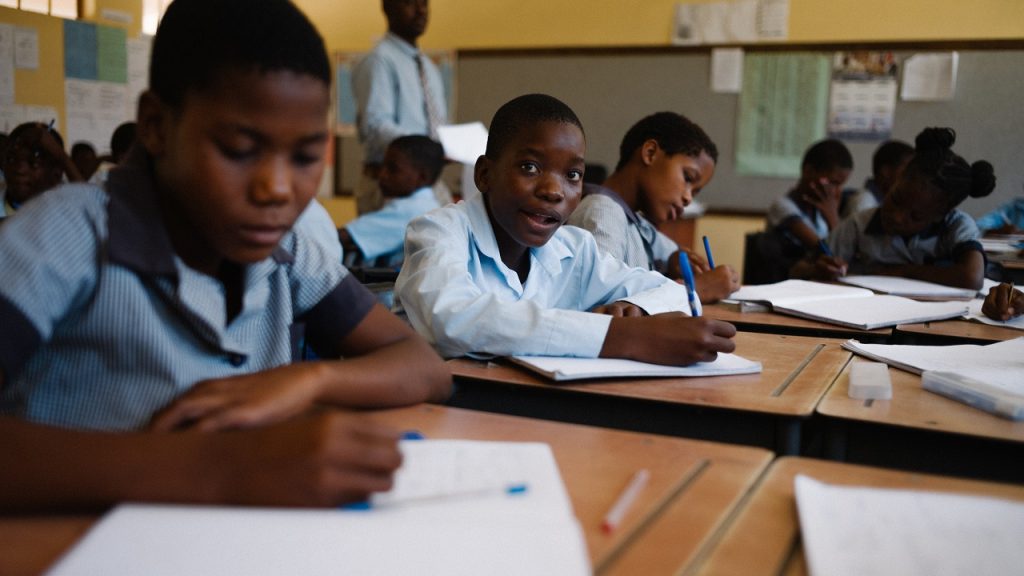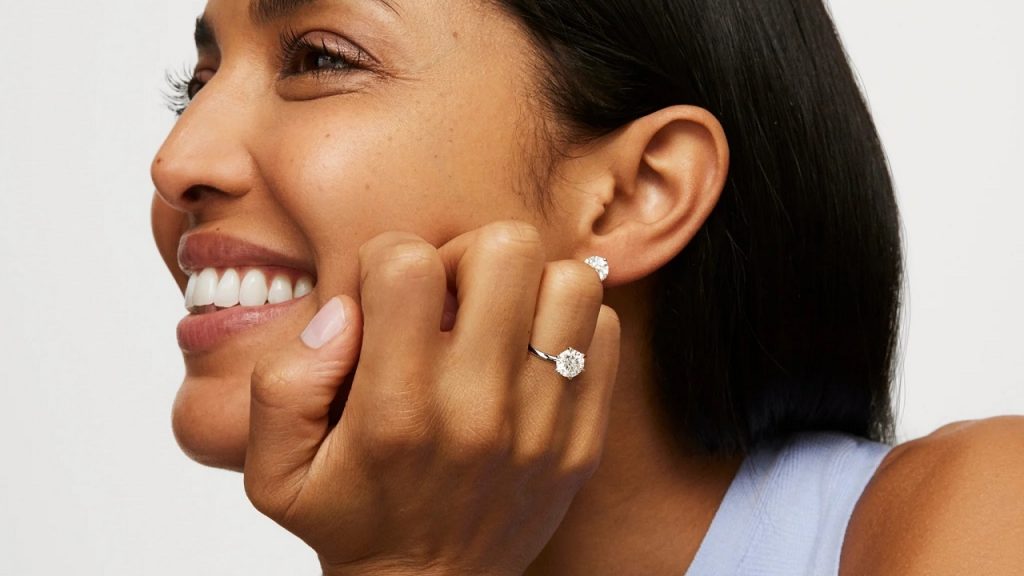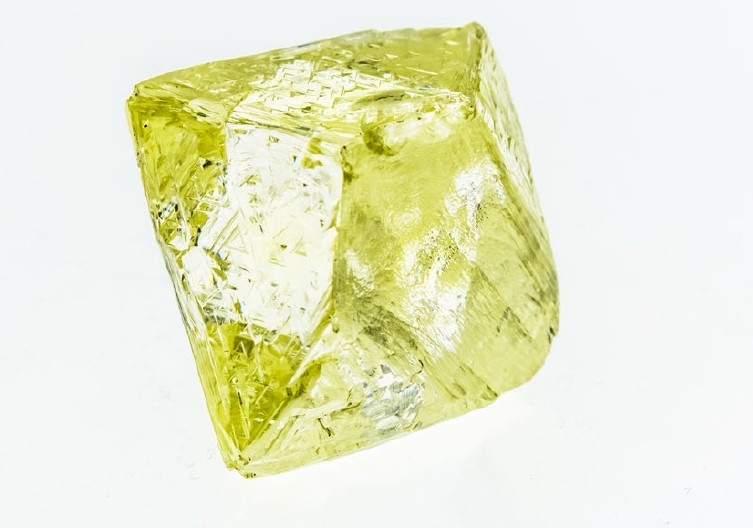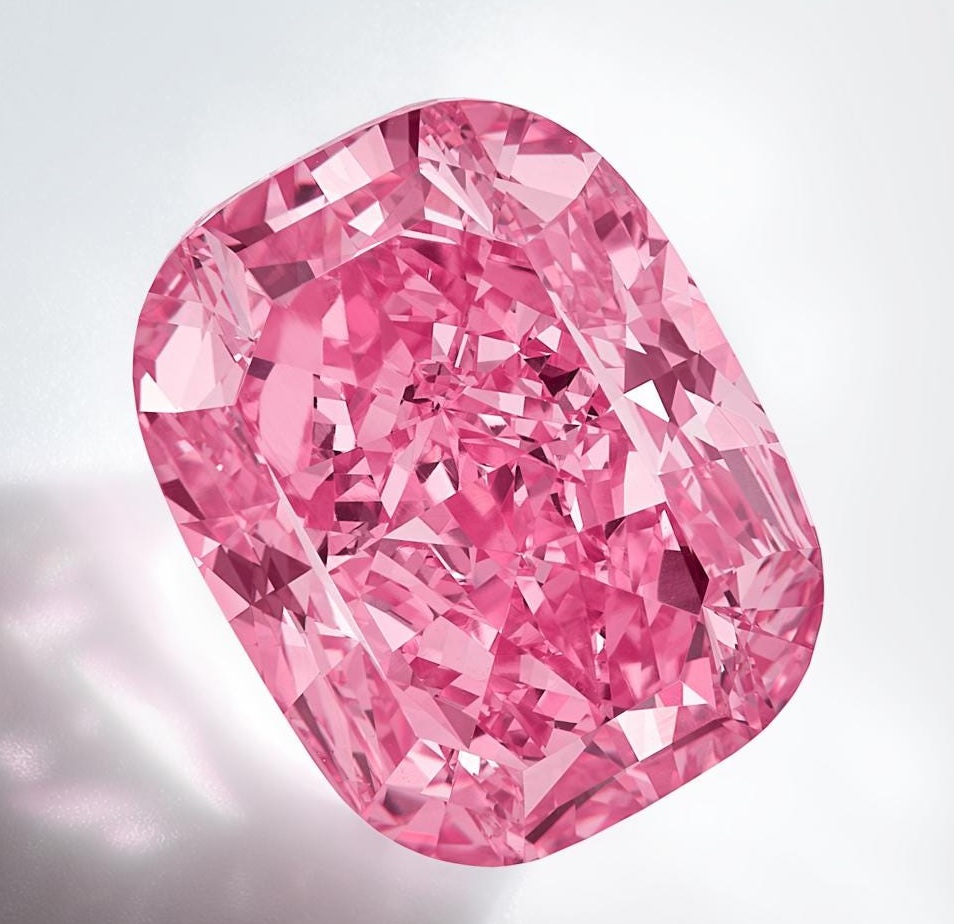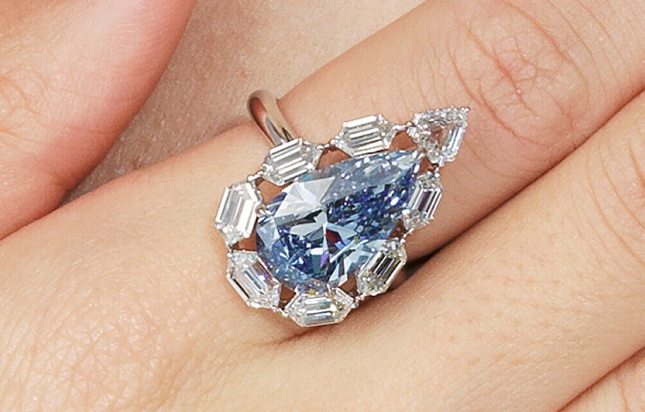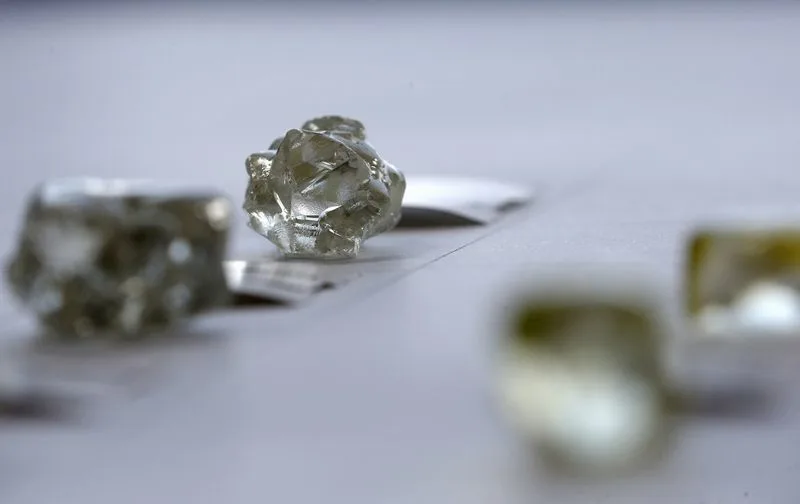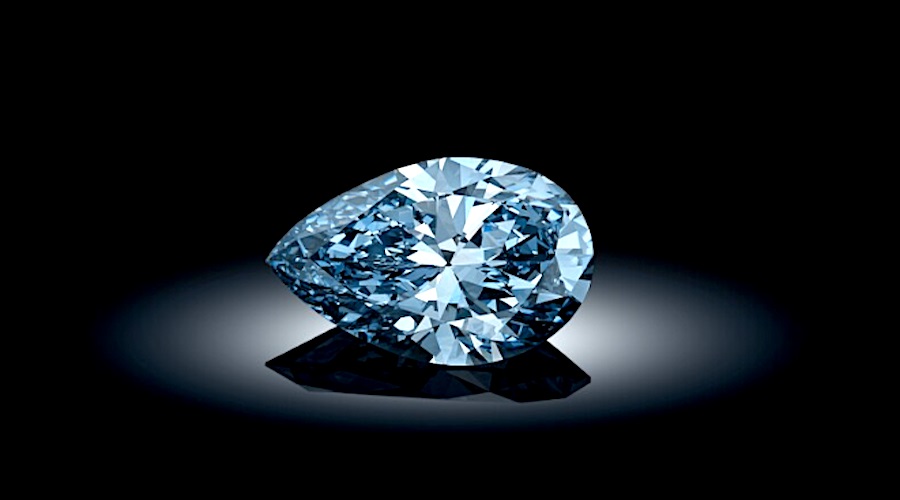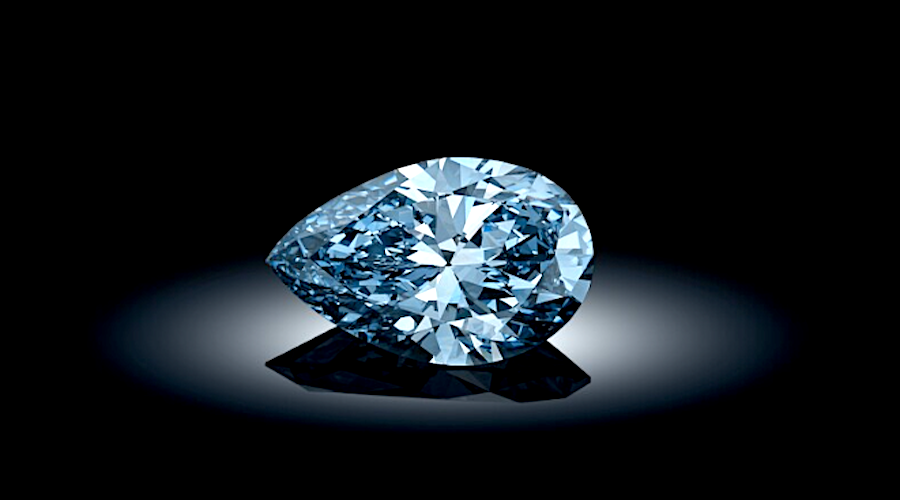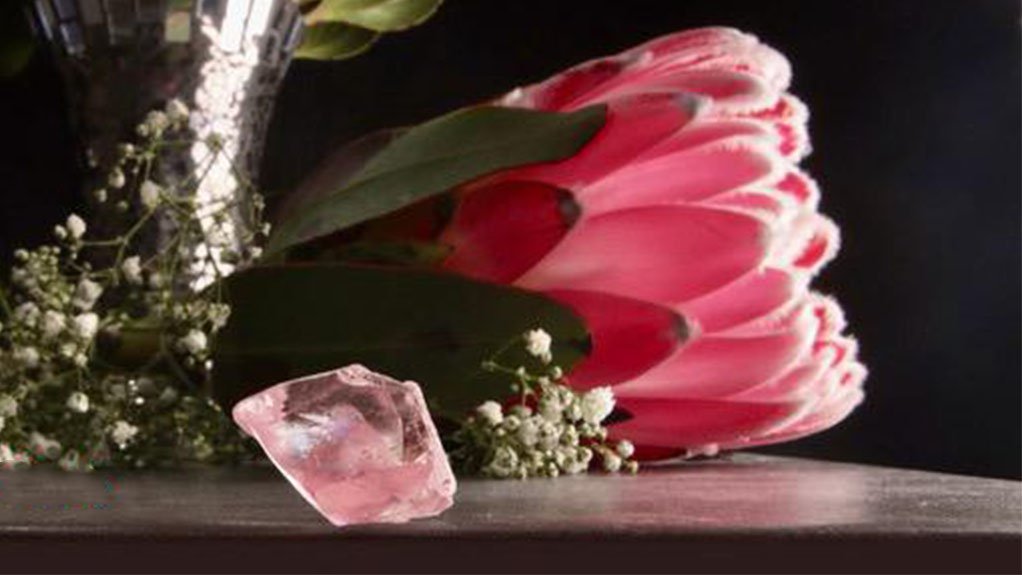
JOHANNESBURG- A junior diamond mining company has recovered a spectacular pink diamond from the banks of the Middle Orange River.
The diamond, named Protea Pink, is a fancy pink, 29.52 ct type II diamond, with unusual depth of colour and exceptional clarity. Its colour is reminiscent of the pink hues found in South Africa’s national flower, the protea.
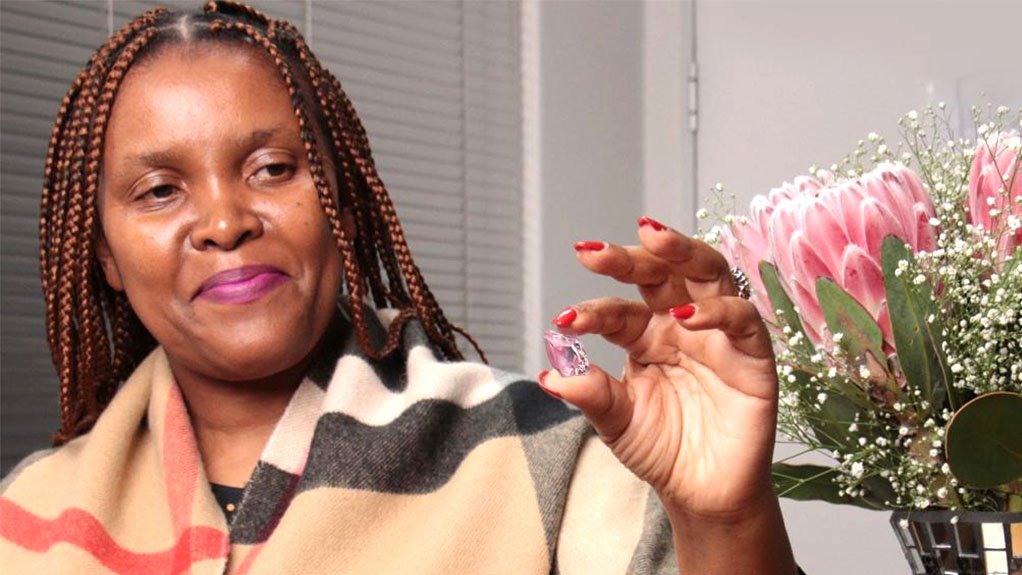
This diamond was most likely derived from the 90-million-year-old Lesotho kimberlites and made a remarkable journey down the Orange river to be trapped in an ancient river terrace, approximately 500 km from its source, South African Diamond Producers Organisation (Sadpo) vice-chairperson and geologist Lyndon de Meillon stated in a release to Mining Weekly.
Sadpo, an organisation that aims to streamline the diamond diggers industry, is headed by CEO Yamkela Makupula, who is a director of Pioneer Tender House, where Protea Pink will be sold on tender in South Africa during the week of 26/30 June. The sale will end on Friday 30 June.
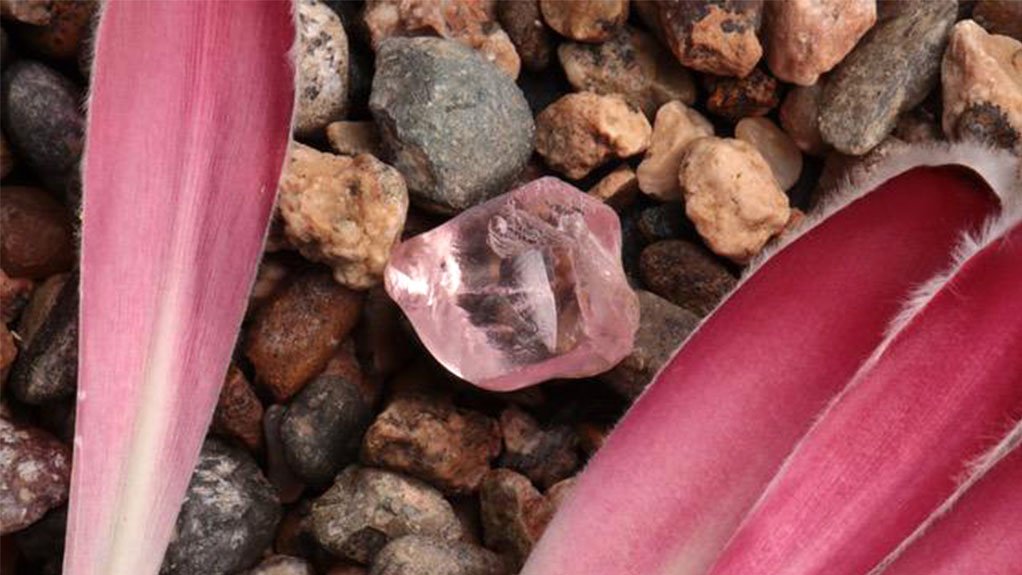
The Middle Orange River, which is known as the area with the highest average value per carat in the world, also has the lowest grade in carat per hundred tonnes of any area actively mined, De Meillon explained.
The modern-day alluvial diamond miner utilises no chemicals in the recovery process and rehabilitation of the mining areas has been proven to improve the carrying capacity of the land, De Meillon added.
Unemployment rates in the area are alarmingly high, exceeding 70%, with mining operations, such as this one by a junior miner, playing a crucial role in supporting the local economy by providing job opportunities and stimulating economic growth.
The revenue generated from diamond mining can contribute to infrastructure development, education, healthcare, and other essential services in the community.
Source: miningweekly
